Lemon Rasam
Updated: January 5, 2025, By Swasthi
This Lemon Rasam is light, delicious, healthy, and cozy. It uses wholesome everyday Indian ingredients and is sure to become a family favorite! Rice & Rasam is a pure comfort food for the South Indians and is a staple all-round the year.
Made with a small amount of lentils, spices and herbs like curry leaves and coriander leaves, a Rasam is a traditional South Indian runny soup believed to be healing & nourishing in times of digestive upsets, cold and cough.
Rasam dishes come in many variations and use different ingredients to provide the heat, tang and flavor.
About Lemon Rasam
Lemon Rasam is one of the dozens of South Indian rasam varieties that is primarily flavored with lemon juice instead of tamarind. Like any other rasam variety, Lemon rasam too uses toor dal (split pigeon pea lentils) as the base to provide some protein and nutrition. It is additionally flavored and spiced with a spice powder known as rasam powder.
Lemon rasam is light on the tummy, soothing and is a great food during the monsoons & cold winter days. A popular belief is that spices and herbs in a rasam help to break up the sinuses and provide relief from congestion, cold and cough. Since this dish also has a good amount of lemon juice, you get some of the vitamin C required for the day!
Spices like fresh ginger and black pepper provide warmth and heat to the body. Cumin, coriander and fenugreek seeds work on the entire body and mainly helps in digestion and metabolism. Fresh herbs like coriander leaves and curry leaves flavor the Lemon rasam and also boost the nutrition levels.
Lemon rasam is usually eaten with soft and mushy cooked rice, both mixed together. Some papads and a vegetable stir fry on the side makes the meal complete.
I have shared the recipe from scratch here. But if you have precooked plain lentils, you will be able to make this fast in about 15 mins. To make lemon rasam, we cook the lentils to a soft and mushy texture first. In a pot we simply boil water, tomatoes, ginger, rasam powder together until fragrant.
Then mix the smooth mashed dal and temper with ghee/ oil, mustard seeds, cumin, red chilies, hing and curry leaves. When the temperature of the lentils comes down, squeeze in the lemon juice. Your delicious, tangy and flavorsome lemon rasam is ready to relish.
I usually make some vegetable stir fry to serve with this lemon rasam. Here are some you may want to check.
Bhindi fry
Brinjal fry
Potato fry
Bottle gourd stir fry
Mushroom pepper fry
Photo Guide
How to make Lemon Rasam (Stepwise photos)
1. Wash and cook ½ cup toor dal with 1 ¼ to 1 ½ cups water till soft.
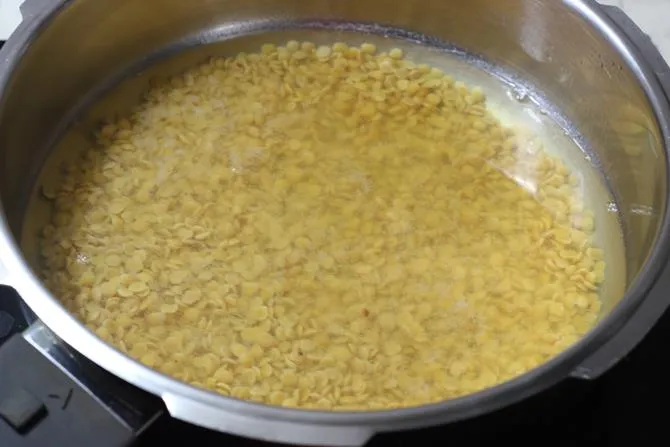
2. On a medium flame, I cooked for 3 whistles in a pressure pan.
3. When the pressure drops, open the lid and mash the dal to smooth consistency. Set this aside. To make sambar or this rasam, I always pass the dal through a strainer to get smooth dal. I transferred the dal to a bowl and used the same pan further.
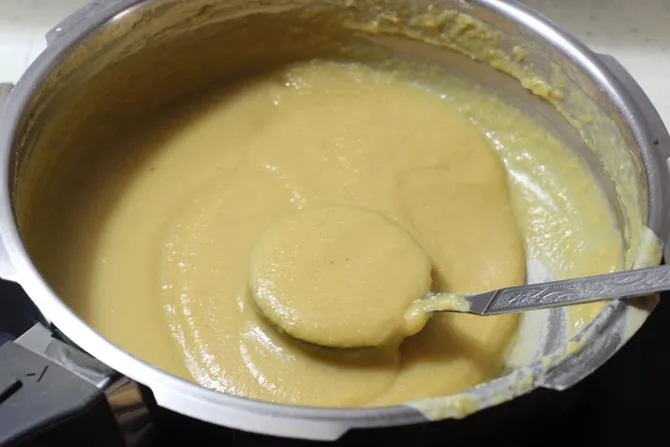
4. Add 3 to 4 cups water to a pot along with 1 large chopped or mashed tomato, 2 to 3 tsp rasam powder, 1 slit green chilli (optional for spice), 1 inch piece of ginger crushed and 1 teaspoon salt.
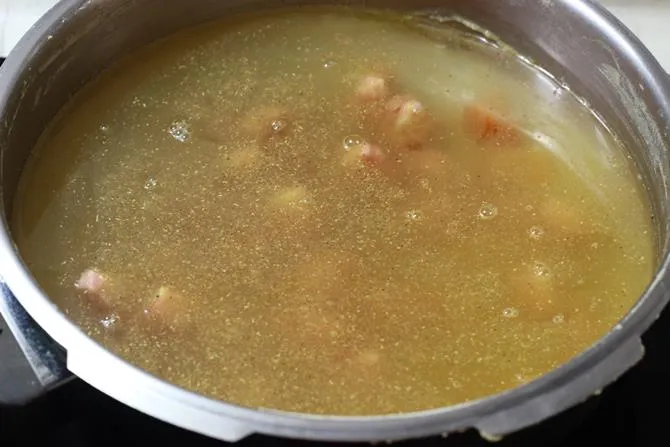
5. Cook until tomatoes turn soft and mushy. Add the mashed dal to the pot. Stir and check salt. Allow it to bubble up.
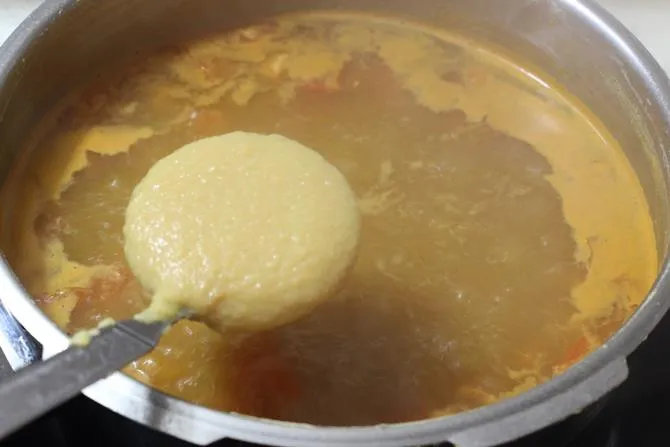
6. Add a handful of chopped coriander leaves.
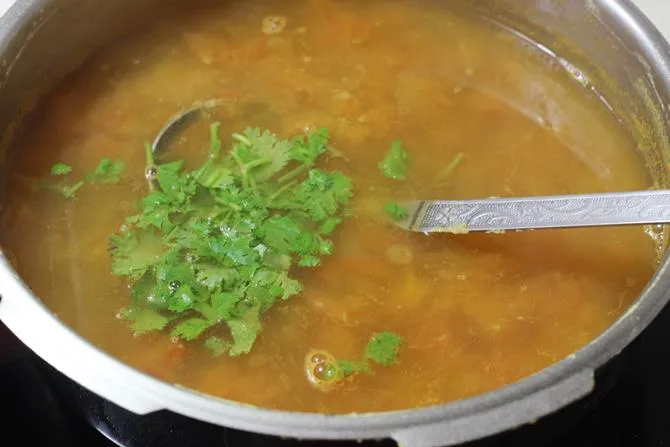
7. While the rasam boils, heat a small pan with 1 teaspoon ghee or oil. Add half teaspoon cumin seeds, mustard seeds, 1 pinch methi seeds and 1 broken red chili. When they begin to splutter, add curry leaves and fry until they turn crisp. Add a pinch of hing.
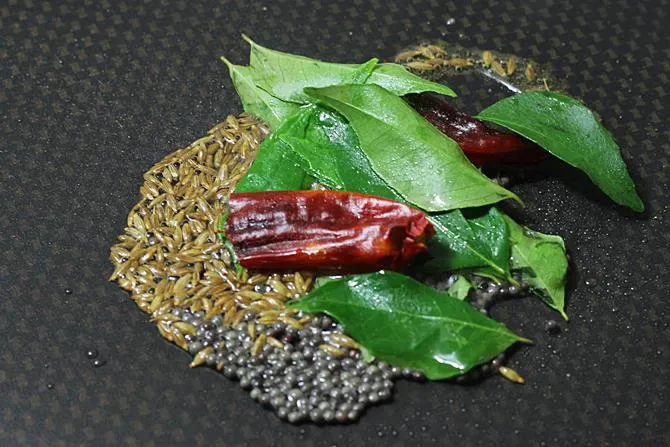
8. Add the seasoning to the lemon rasam. Simmer the lemon rasam for 2 mins. Switch off the stove.
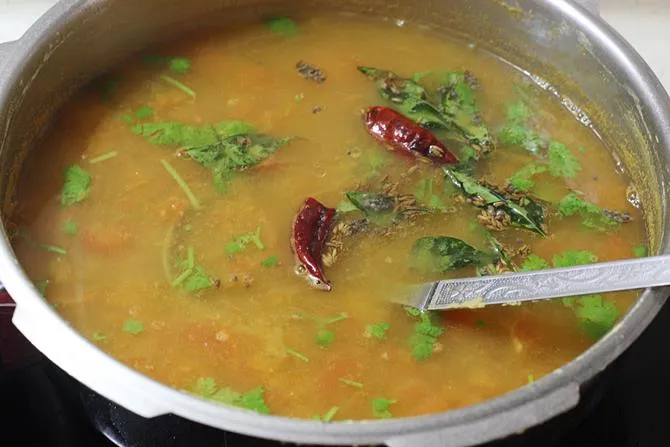
9. Let the lemon rasam cool down a bit. Squeeze the lemon juice to the pot. Stir well. Taste test and adjust salt and more lemon juice if required.
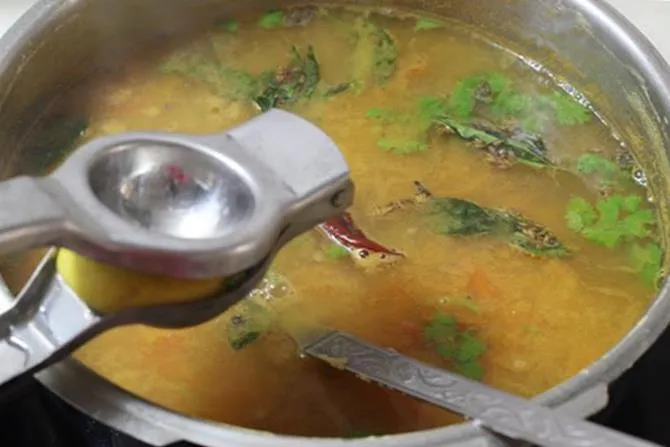
Serve lemon rasam with rice and a vegetable stir fry.
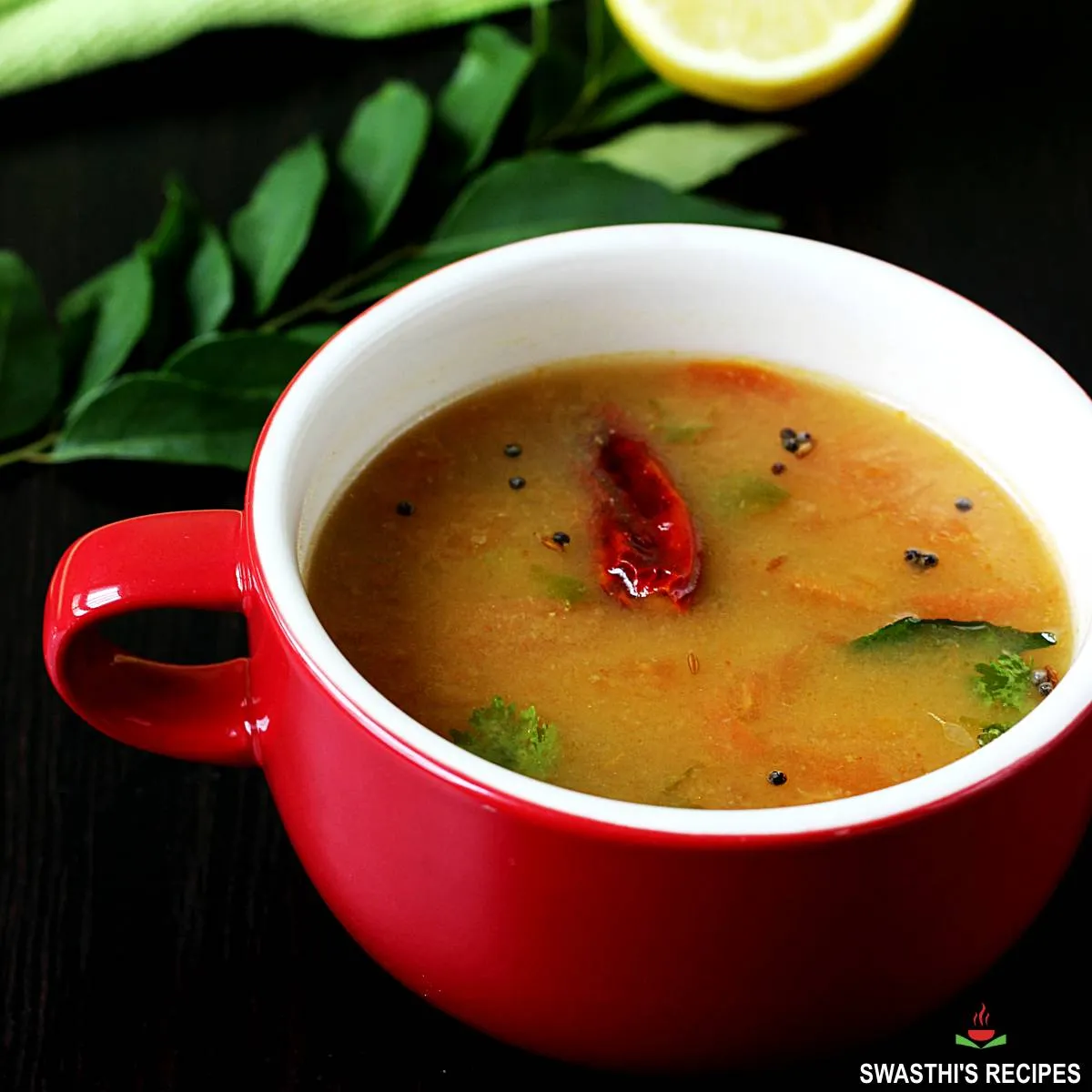
Ingredients & Substitutes
Lentils: I have used toor dal also known as skinned split pigeon peas. However I also make this with moong dal a lot of times. But if using moong dal make sure you use green chilies or extra black pepper always. I have not tried this with red lentils but it should be good.
Rasam Powder: I use this homemade Rasam powder. You can also use store bought powder or use 1 teaspoon cumin powder, 1 teaspoon coriander powder, ¼ teaspoon red chilli powder (optional) and ¼ teaspoon crushed black pepper.
Ginger: Fresh peeled ginger works well and do not skip this. Ginger is the main ingredient and there is no substitute to this. However you may use ginger garlic paste or garlic but the flavors will be different, still good.
Lemon Vs Lime: I prefer to use lemon juice and not lime as the flavor and taste of both is different. However if you do not get lemons, use lime.
Ghee vs oil: We personally prefer to use ghee for the tempering. However if your diet doesn’t permit it, use any cooking oil of choice.
Expert Tips
- Always add lemon juice only when the temperature of your lemon rasam comes down. Adding lemon juice to very hot rasam reduces the nutritional values of lemon. I also feel that changes the flavor.
- Make sure your dal is completely cooked and mashed to smooth before adding it to the pot of boiling water. This gives a smooth and rich taste and also keeps your dish fresh longer.
- To refrigerate the lemon rasam, turn off once it is done. Keep the tempering step and adding lemon juice for later, when you reheat and intend to serve. Transfer to container and refrigerate. Before serving make a tempering and pour your cold lemon rasam to the pot. Stir and let it come to a boil. Simmer just for 1 to 2 mins. Cool down slightly and add lemon juice.
Related Recipes
Recipe Card
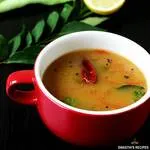
Lemon Rasam (Nimmakaya Pappu Charu)
For best results follow the step-by-step photos above the recipe card
Ingredients (US cup = 240ml )
- ½ cup toor dal (split pigeon peas)
- 1½ cups water for dal
For lemon rasam
- 3 to 4 cups water (for thin rasam, use 4)
- 1 large tomato or 2 small
- 1 inch ginger (peeled and chopped)
- 1 green chilli (slit, optional)
- 1¼ teaspoon salt as needed
- 1 pinch turmeric
- 2 to 3 teaspoons rasam powder (adjust to taste, refer notes for substitute)
- 1 handful coriander leaves with tender stalks chopped
To Temper
- 1 tablespoon ghee or oil
- 1 sprig curry leaves
- ½ teaspoon mustard seeds
- ½ teaspoon cumin seeds
- 1 pinch methi seeds (optional)
- 1 dried red chilli broken
- 1 pinch hing (asafetida)
- 1 large lemon (adjust as needed)
Instructions
Cook Dal
- Pressure cooker: Add dal to a bowl and rinse it well at least thrice. Drain the water and pour 1½ cups water. Place it in the cooker and pressure cook for 3 to 4 whistles on a medium flame. When the pressure releases remove the dal and mash it well to smooth.
- Pot: To cook in a sauce pot without a pressure cooker, simply cook on a medium heat until tender and soft, skim off any foam that comes on the surface. You may require more water, if so pour more boiling water and cook.
- To cook in Instant Pot, place the bowl in the IP, over a steam rack and pressure cook for 10 mins. Let the pressure drop naturally.
- Dal must be soft cooked and mushy. Mash it well with the back of a ladle to smooth texture.
How to Make Lemon Rasam
- While the dal cooks, pour 4 cups water to a pot. Add tomatoes, turmeric, rasam powder, green chilli (optional) and crushed ginger. Cook until the tomatoes are soft cooked and mushy.
- Add the mashed dal and salt. Bring it to a boil & add chopped coriander leaves.
Tempering
- Heat a small tadka pan and add oil or ghee. When it is hot, add mustard seeds, cumin seeds, methi seeds and dried red chilies.
- When the seeds begin to crackle, add curry leaves and hing. Pour it to the lemon rasam. Simmer the rasam for 2 mins on a very low flame.
- Allow the lemon rasam to cool down a bit then squeeze off lemon as needed. Adjust salt as well.
- Serve lemon rasam with soft cooked rice or enjoy as a soup.
Notes
- To substitute rasam powder, use 1 teaspoon cumin powder, 1 teaspoon coriander powder, 1/4 teaspoon red chilli powder (optional) and 1/4 teaspoon crushed black pepper.
- Do not overcook the Lemon rasam after adding mashed dal.
NUTRITION INFO (estimation only)
© Swasthi’s Recipes
Lemon Rasam Recipe first published in May 2015. Updated in Jan 2025
About Swasthi
I’m Swasthi Shreekanth, the recipe developer, food photographer & food writer behind Swasthi’s Recipes. My aim is to help you cook great Indian food with my time-tested recipes. After 2 decades of experience in practical Indian cooking I started this blog to help people cook better & more often at home. Whether you are a novice or an experienced cook I am sure Swasthi’s Recipes will assist you to enhance your cooking skills. More about me
Follow Swasthi’s Recipes
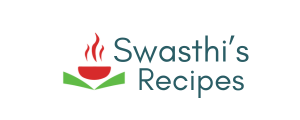
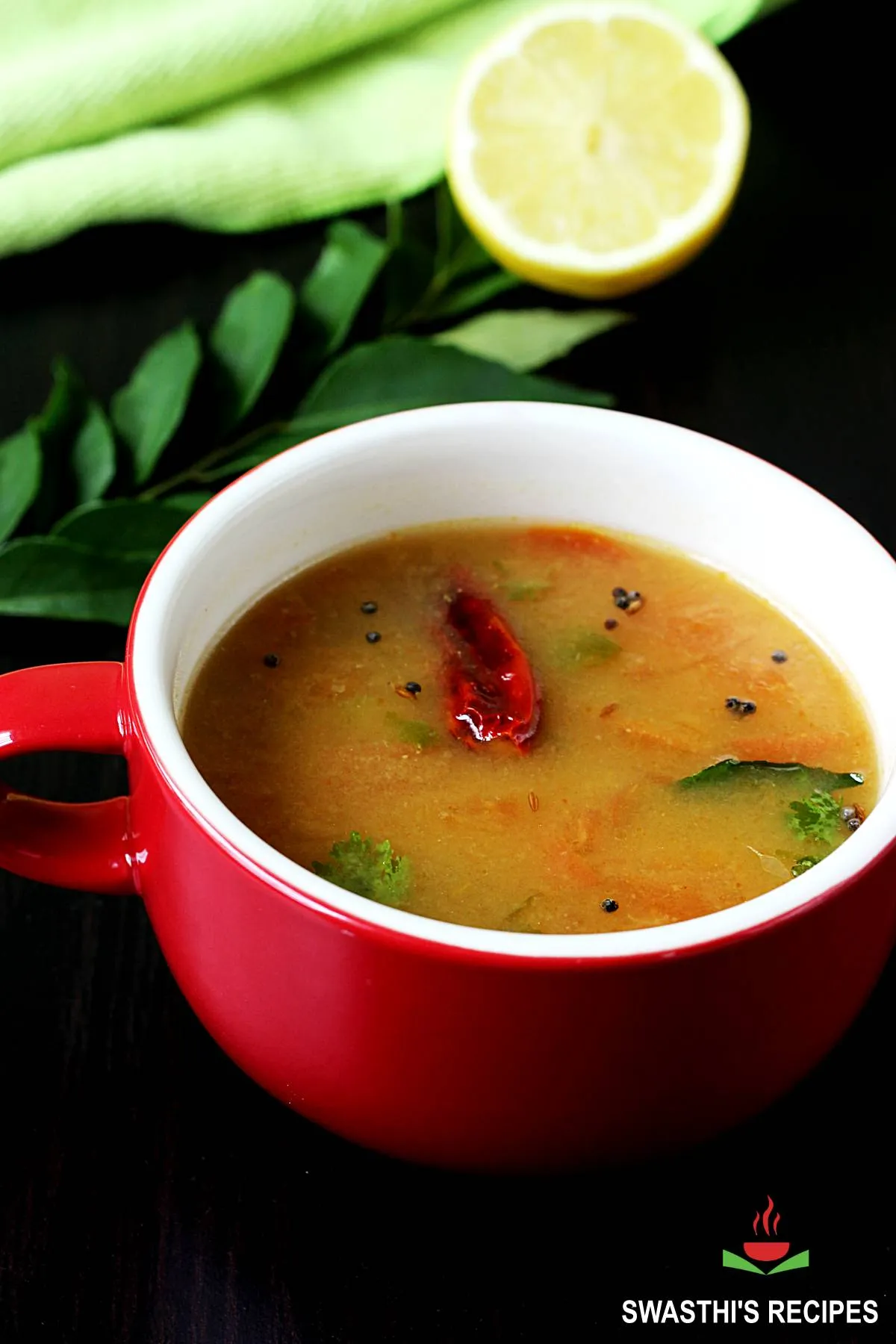
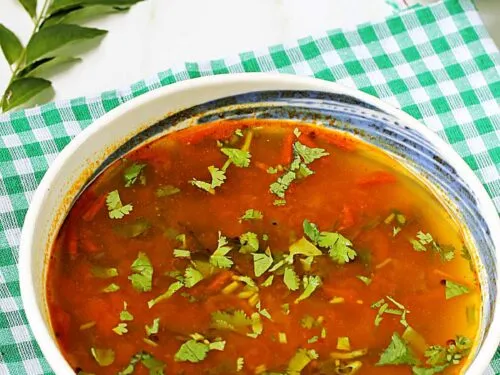
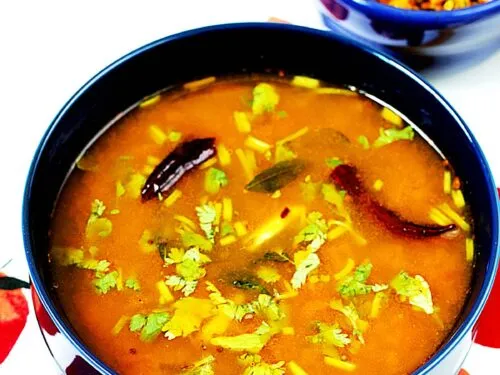
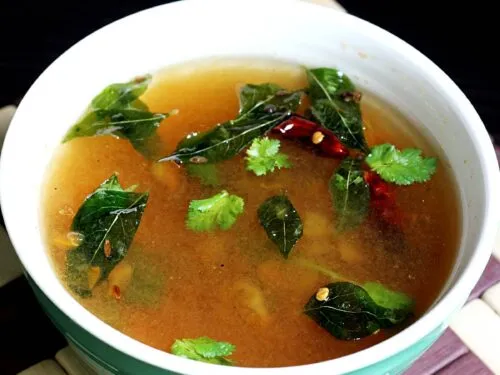
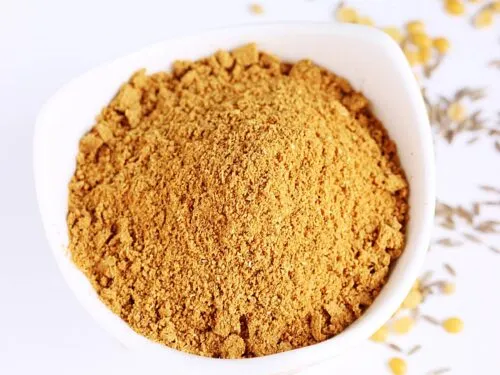
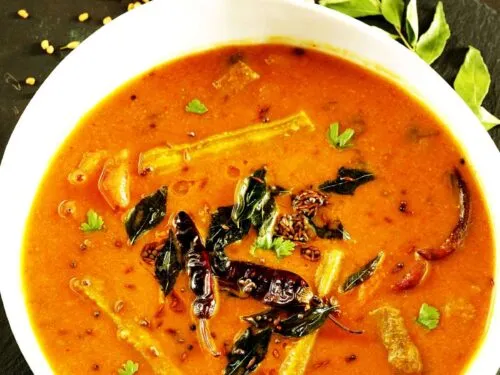
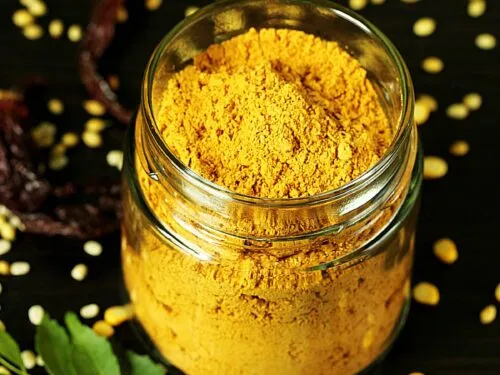
Comments
I made your homemade rasam power today and the lemon rasam. Never have I ever eaten anything that tasted like this and it was so so amazing!! My family also enjoyed it very much. Thank you for the great recipe, wont be the last one I try 🙂
Incredibly tasty rasam with the goodness of daal.. prepared cabbage fry along with lemon rasam… turned out to be a simple but delicious lunch.
Glad to know Tanu!
🙂
what is your homemade rasam powder?
Hi Andy
I use this homemade rasam powder
Very tasty rasam thank u
Welcome Raji
Thanks for the rasam as well as vundrallu recipie. Pictures are really good.
Hope I can also make them as delicious looking as yours.
Welcome Anu.
Would love to know how they turned out. I am sure you will be able to make them as good as mine. Thanks for the feedback.
A tangy and tasty super rasam looks so tempting.
Lovely pics Thanks for the good recipe Tried ur chicken kurma yest. Turned out fab